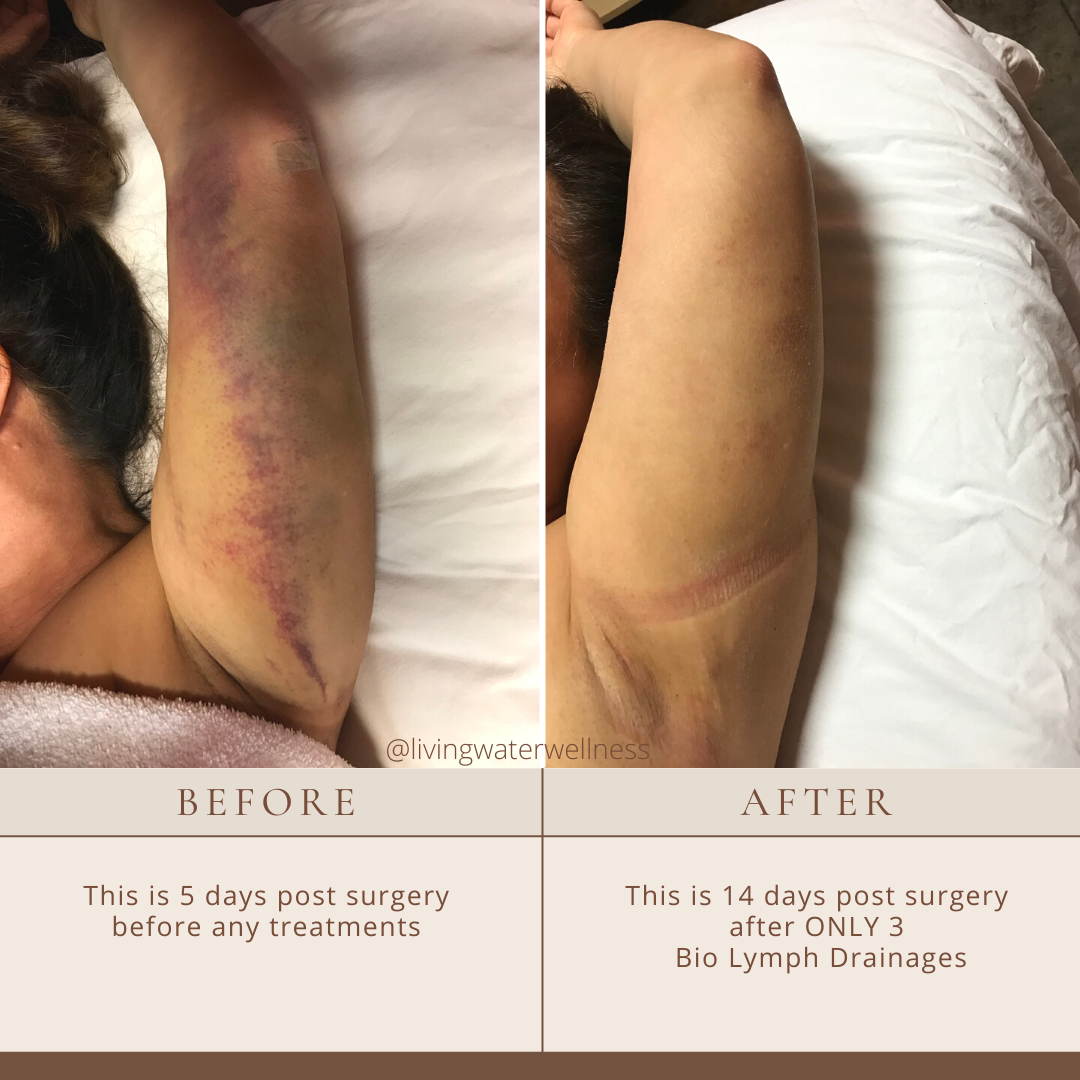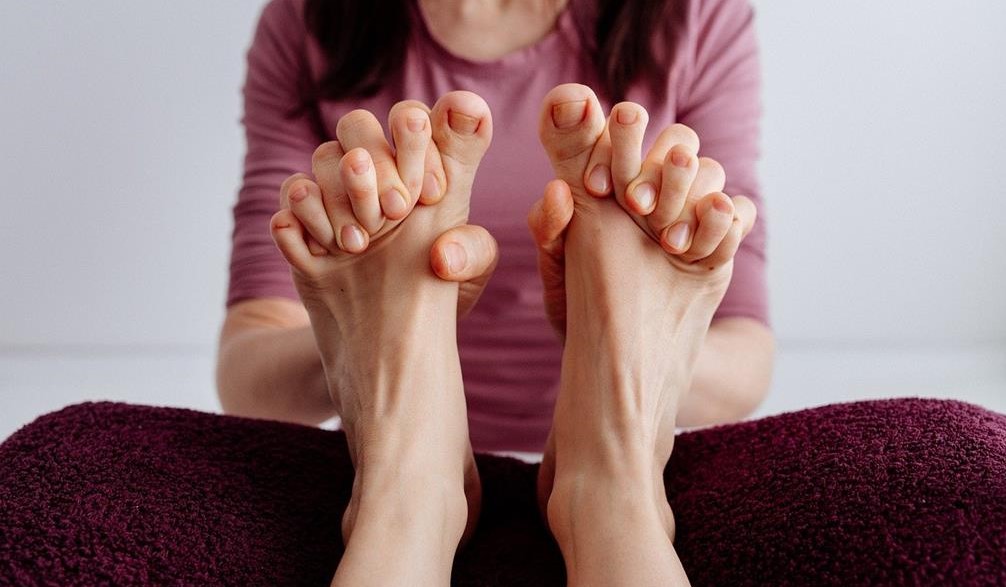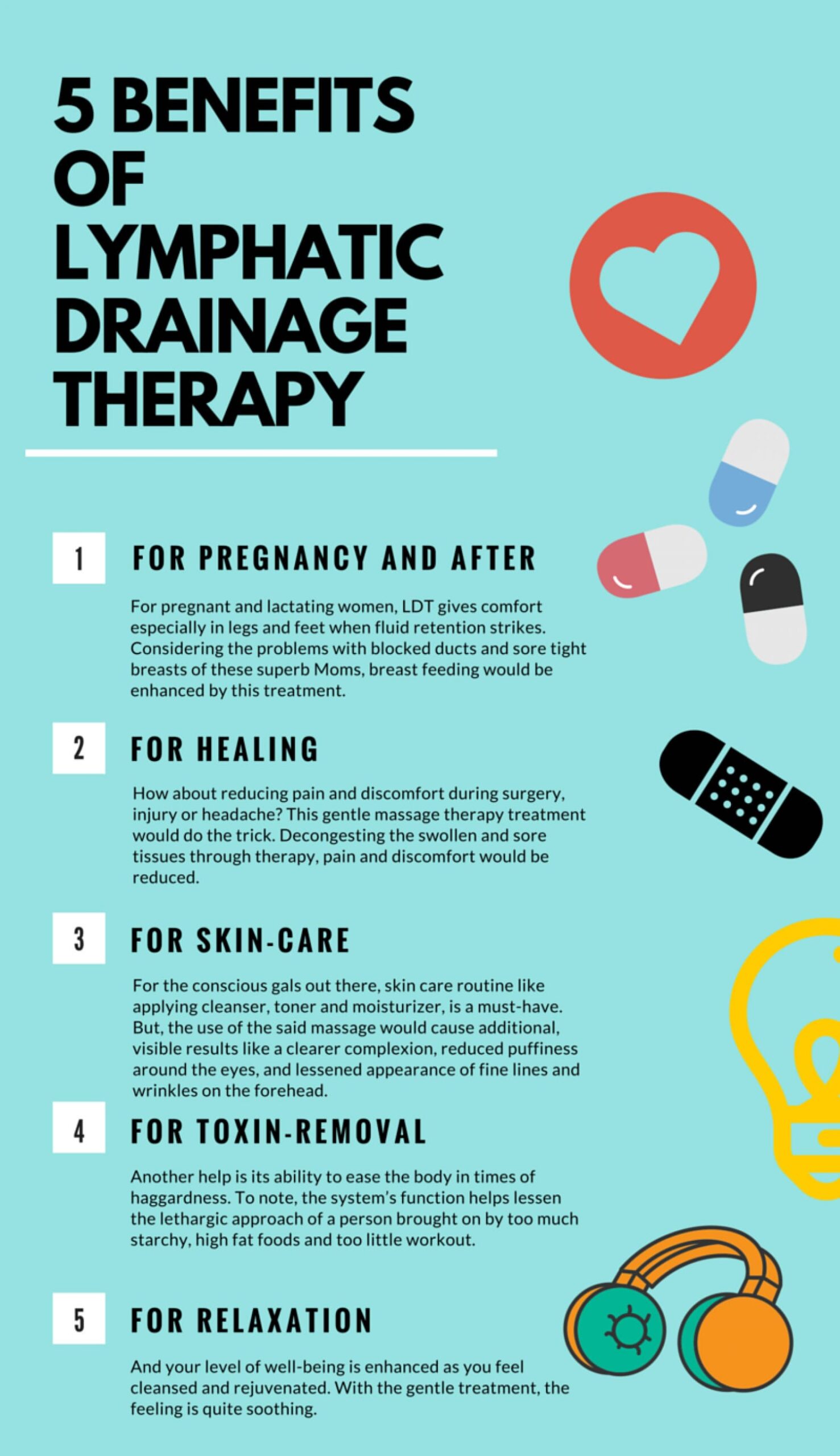Post-surgery lymphatic drainage can aid in pain management by reducing inflammation and promoting healing. It facilitates the removal of waste and excess fluids from the body’s tissues.
As an effective therapeutic option, post-surgery lymphatic drainage is gaining popularity among patients and healthcare professionals. This gentle massage technique aims to enhance the lymph system’s function, crucial for maintaining bodily fluid balance and immune responses. The process helps to alleviate pain by minimizing swelling and detoxifying the body, which can speed up recovery after surgery.
The practice has shown promising results, with many patients experiencing relief from discomfort and an improvement in their overall well-being. Tailored to individual needs, lymphatic drainage is a non-invasive therapy that compliments the body’s natural healing mechanisms.
Lymphatic Drainage After Surgery: The Basics
Undergoing surgery can be taxing on the body. But the healing process does not end when you leave the operating table. Post-surgery care is crucial. One method to improve recovery is lymphatic drainage. This gentle therapy can speed healing and may help manage pain. It is safe for most patients. Let’s explore what lymphatic drainage involves.
The Role Of The Lymphatic System In Healing
The lymphatic system does more than you might think. It is a network that helps the body remove waste, fight infections, and maintain fluid levels. After surgery, it works overtime.
- Clears away dead cells and tissue.
- Reduces swelling and inflammation.
- Speeds up healing.
- Minimizes scar formation.
What Is Post Surgery Lymphatic Drainage?
Post surgery lymphatic drainage is a gentle massage. It targets the body’s lymphatic system. Therapists use light pressure and rhythmic movements. They aim to promote lymph flow. This can reduce pain. It may also decrease swelling.
Doctors often suggest this therapy after certain surgeries. It works best when started soon after the procedure. Sessions may continue for weeks or months, based on the patient’s needs.
Potential Benefits Of Lymphatic Drainage For Postoperative Pain
Ensure your post title is catchy and contains primary keywords.Include a concise description with primary keywords.
Lymphatic drainage can be a gentle savior after surgery. It might ease pain and help the body heal. Many patients see a shift in their comfort levels. Let’s explore the possible upsides for pain management.
Reducing Swelling And Inflammation
The swelling after surgery is not just uncomfortable. It can hurt. Lymphatic drainage aims to minimize this. It helps the body get rid of excess fluids. This means less pressure and less pain.
- Lowers pressure in the tissues
- Decreases discomfort from swelling
- Reduces inflammation, a source of pain
Speeding Up The Healing Process
Healing takes time, but lymphatic drainage might make it faster. It boosts the movement of lymph. This helps clear away debris from cells. A cleaner healing space can mean less pain. It can also mean getting back to normal sooner.
| Without Drainage | With Drainage |
|---|---|
| Slower debris clearance | Faster removal of damaged cells |
| Longer inflammation period | Reduced inflammation time |
| Delayed healing | Promotes quicker recovery |
The Science Behind Lymphatic Drainage And Pain Relief
After surgery, managing pain is crucial for recovery. Lymphatic drainage can play a vital role. This gentle massage technique helps reduce swelling and pain. It encourages the natural drainage of the lymph. This is the fluid that carries waste products away from tissues back toward the heart.
How Lymphatic Drainage Affects The Nervous System
The lymphatic system and the nervous system are closely linked. Pain is a signal from our nervous system. Lymphatic drainage may help ease this pain. It can:
- Reduce nerve pressure by decreasing swelling
- Enhance the removal of pain-causing substances in lymph fluid
- Stimulate nerve receptors that calm the body’s pain response
All of these can result in a more comfortable post-surgery experience.
Clinical Studies On Lymphatic Drainage Efficacy
Researchers have looked at how well lymphatic drainage works. This technique’s pain management abilities have been a focal point.
| Study | Participants | Results |
|---|---|---|
| Study A – 2020 | 100 post-op patients | Reduced pain in 70% of participants |
| Study B – 2019 | 50 individuals with lymphedema | Better pain management in 80% of cases |
These findings support lymphatic drainage as a pain relief method. It shows promise for those recovering from surgery.

Credit: www.livingwaterwellness.com
Different Techniques Of Lymphatic Drainage Post-surgery
Recovery after surgery can be quicker with the right care. Lymphatic drainage is one such technique that might ease pain. Post-surgery, the body often needs help to reduce swelling and improve circulation. Here, we explore different methods of lymphatic drainage that can assist in healing and pain relief.
Manual Lymphatic Drainage
This hands-on approach encourages natural lymph movement. Trained therapists use gentle, rhythmic strokes. Manual lymphatic drainage (MLD) targets specific areas for optimal results. Here’s what MLD involves:
- Gentle skin stretching to stimulate lymph flow
- Rhythmic movements to promote healing
- Directional strokes to guide excess fluid to proper lymph nodes
Mechanical Lymphatic Therapy
Machines can also aid lymph movement. Mechanical lymphatic therapy uses compression devices to mimic hands-on MLD. It’s good for those who need consistent, gentle pressure. Here’s how it works:
- Patients wear a specialized compression garment
- The device inflates and deflates, massaging the limbs
- Therapy sessions last for a set time to ensure efficiency
Both methods can boost comfort post-surgery. They lower pain levels and speed up recovery. Patients report feeling less stiff and more mobile afterward.
Incorporating Lymphatic Drainage Into Your Recovery Plan
After surgery, managing discomfort is paramount. Lymphatic drainage therapy can be a key player. This gentle massage technique boosts the performance of your lymph system, which removes waste from the body. Reducing swelling and pain, it might just be the ally your recovery plan needs. But when should you start, and who should you trust for treatments?
When To Start Lymphatic Drainage Treatments
Timing is crucial. Begin too soon, and your body may not be ready. Wait too long, and swelling might impede healing. It’s best to consult your doctor first. They will suggest when your body can handle therapy. Generally, treatments can start a few days post-surgery, as advised by a healthcare professional.
Finding A Qualified Lymphatic Drainage Therapist
You need a specialist with skill. Look for a certified lymphatic drainage therapist. This person should have proper training and credentials. Check their experience, especially with post-surgical patients. Your doctor might also recommend trusted therapists. Ensure they understand your specific surgery and recovery needs.
Considerations And Precautions Before Trying Lymphatic Drainage
Post-surgery recovery often involves pain management. Lymphatic drainage can seem like a promising approach for reducing pain and swelling. Yet, not everyone is a suitable candidate, and some considerations must be taken into account.
Understanding The Risks
Lymphatic drainage is generally safe when performed by a trained professional. However, risks exist, particularly with an underlying health condition. Ensure you consult your doctor before proceeding.
Conditions That May Affect Lymphatic Drainage Outcomes
Conditions such as heart failure, kidney disease, and blood clots can alter lymphatic drainage outcomes. Here is a list of cases where caution is advised:
- Acute infections: Lymphatic drainage might spread the infection.
- Heart conditions: Extra fluid movement may strain the heart.
- Cancer: Seek medical advice as it can influence cancer cells.
Ensure your healthcare provider reviews your health history. A qualified therapist will also conduct a thorough assessment before any treatment.
Frequently Asked Questions Of Can Post Surgery Lymphatic Drainage Help With Pain Management
Does Lymphatic Drainage Help With Pain?
Yes, lymphatic drainage can alleviate pain by reducing inflammation and promoting the removal of waste products from the body.
What Are The Benefits Of Post Op Lymphatic Drainage?
Post-op lymphatic drainage can reduce swelling, accelerate healing, minimize scar tissue formation, and detoxify the body, enhancing recovery after surgery.
How Do I Know If I Need Lymphatic Drainage?
You may need lymphatic drainage if you’re experiencing symptoms like persistent swelling, heaviness in limbs, or unusual fatigue—signs of potential lymphatic system congestion. Consulting a healthcare professional can provide a definitive answer.
What Are The Side Effects Of Lymphatic Drainage?
Lymphatic drainage can cause side effects such as swelling, fatigue, dizziness, nausea, or tenderness. Always consult a professional before treatment.
Conclusion
Concluding, post-surgery lymphatic drainage may offer relief and manage pain effectively. It’s essential to consult healthcare professionals before starting. Embracing this therapy could be the key to a smoother recovery journey. Remember, managing pain is a step towards reclaiming quality of life.
Explore lymphatic drainage as a potential ally in your healing process.




